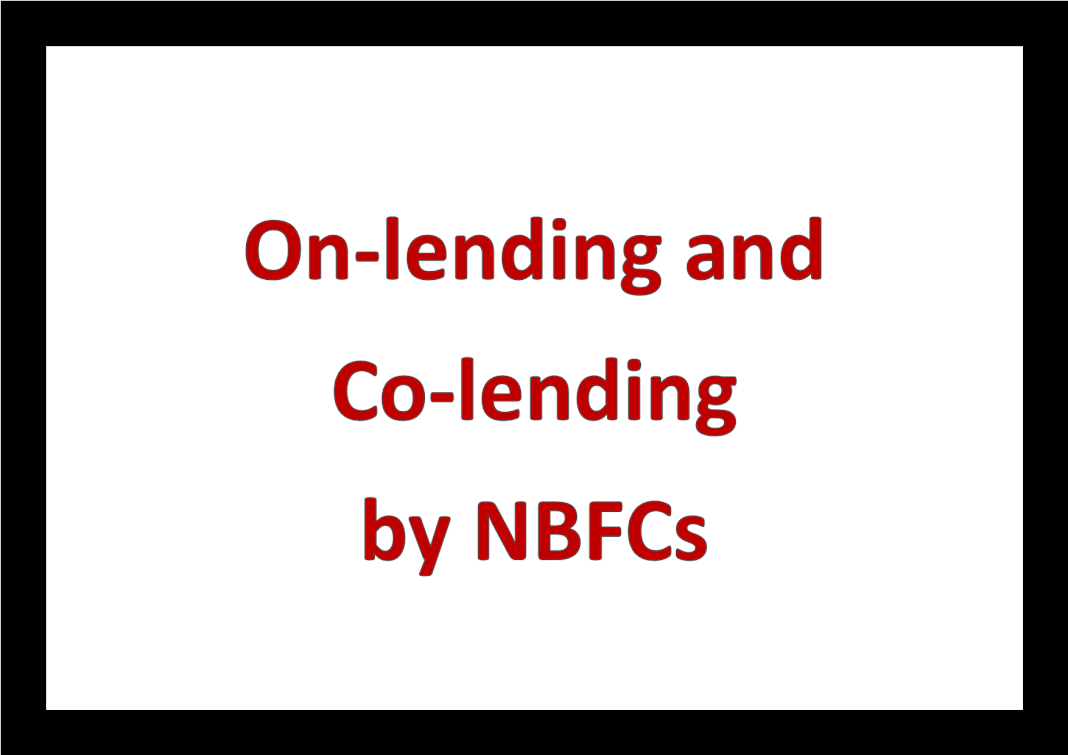The NBFCs are now grown as a significant player in lending because of their number and the amount of loans they provide in the unorganised sector. Given the network and reach of the NBFCs, the banks are using the delivery capacity of NBFCs to provide some last mile loans to weaker sectors. Towards this, two methods – the on-lending model and co-lending models were developed and implemented.
What is on-lending?
Technically, on-lending means giving loans by the use of borrowed money. In India, the RBI has promoted on-lending by banks to the NBFCs for providing loans to certain sectors. Here, the banks give funds to the NBFCs and the latter deliver the loans to the ultimate weaker section beneficiary. Effectively, under the programme, NBFCs can make on-lending to the priority sector beneficiaries by using bank’s funds under the Priority Sector Lending programme.
Here, as per the RBI guidelines, banks can provide funds to registered NBFCs for on-lending to priority sector categories of agriculture, housing, micro and small enterprises subjected to conditions. This is called the priority sector on-lending programme by NBFCs.
What is Co-lending?
The co-lending model (CLM) was introduced (previously co-origination) in November 2020 by the Reserve Bank for priority sector lending. The scheme allows co-lending by banks with all registered NBFCs (including HFCs) based on a prior agreement. As per the scheme, both banks and NBFCs share the risk in a ratio of 80:20 (this means that bank gives 80 percent of the loan whereas a minimum of 20% should be given by NBFCs).
The benefit of co-lending programme is that banks can give funds to the NBFCs at a lower cost whereas the NBFCs have access to the most un-covered informal sector. In this way, the model helps credit delivery in an inclusive manner.
*********










